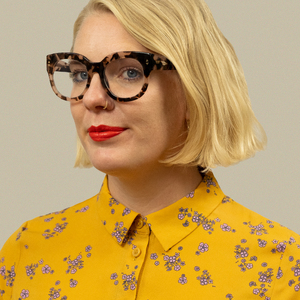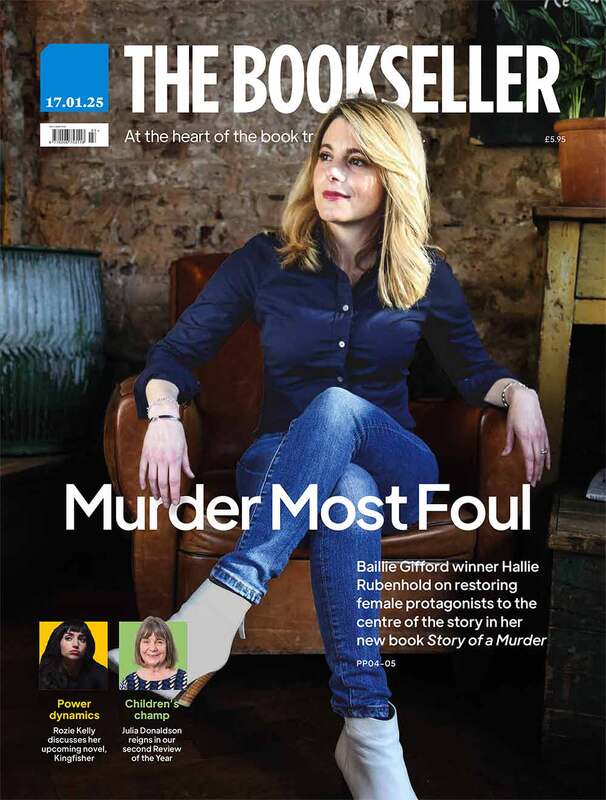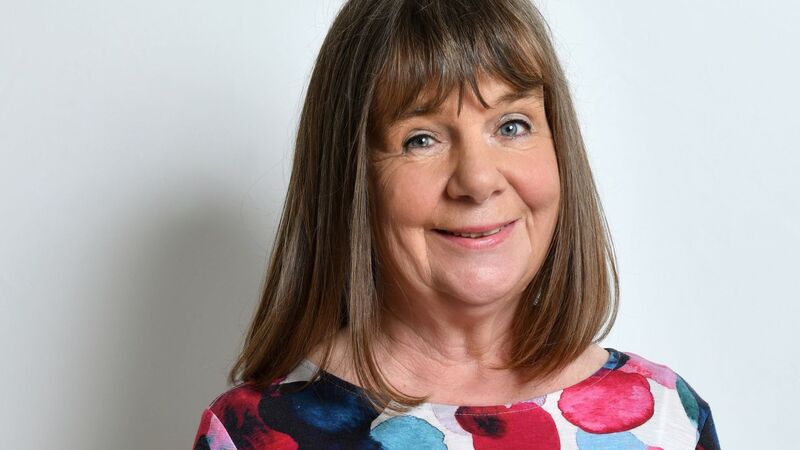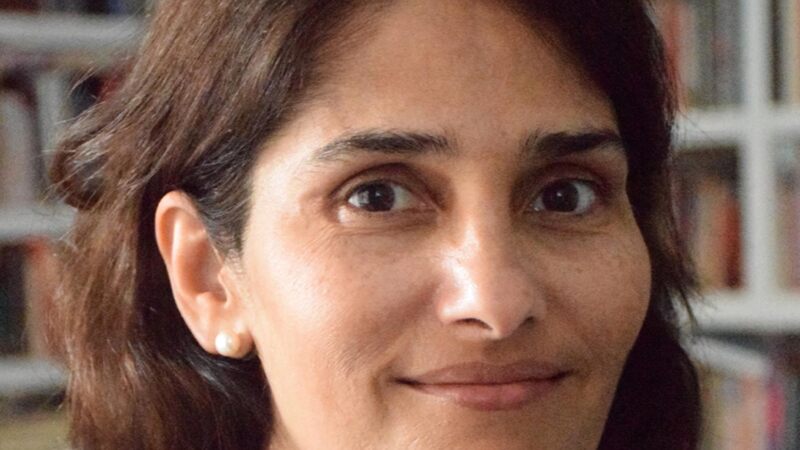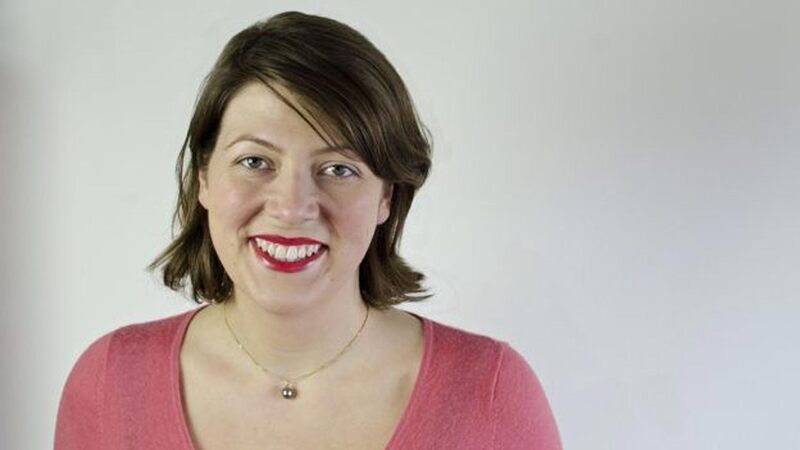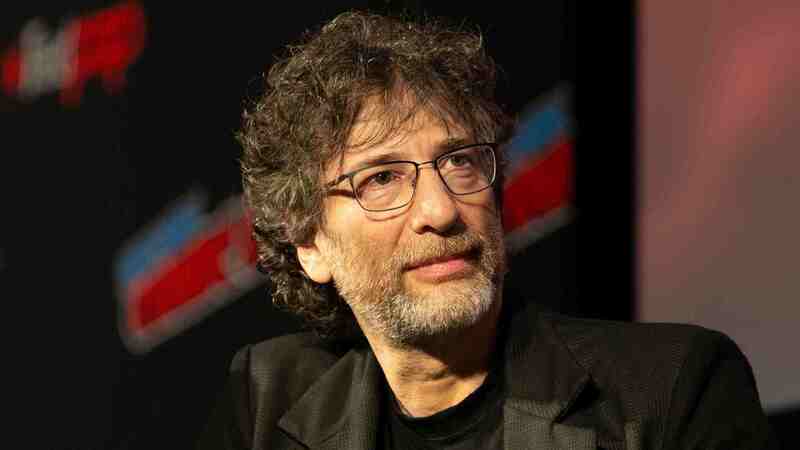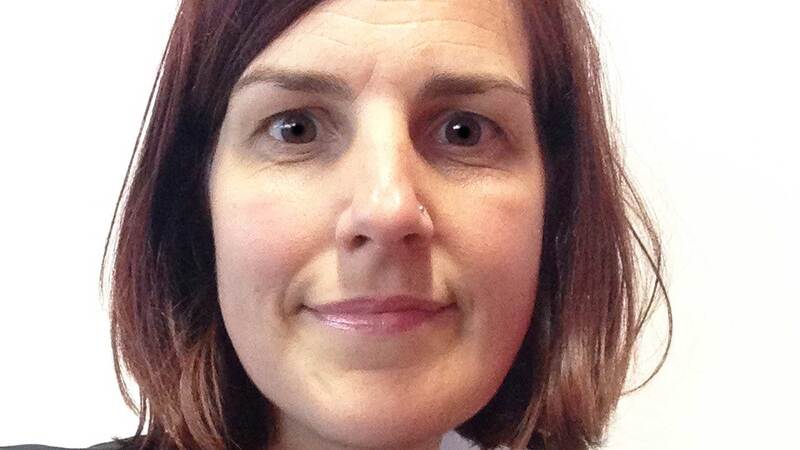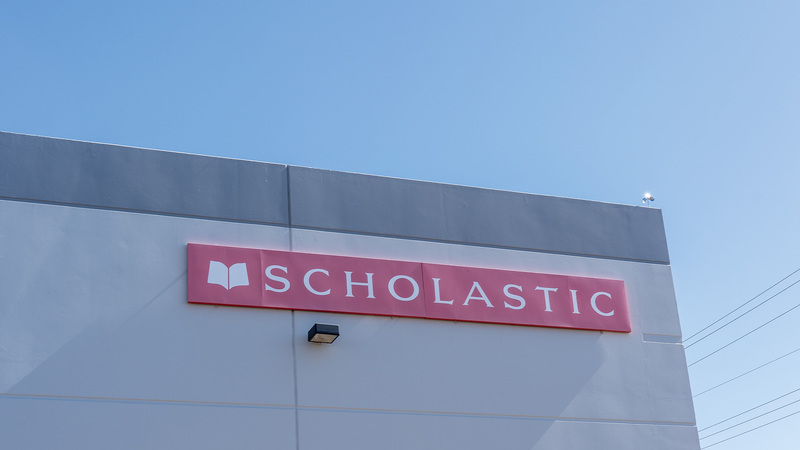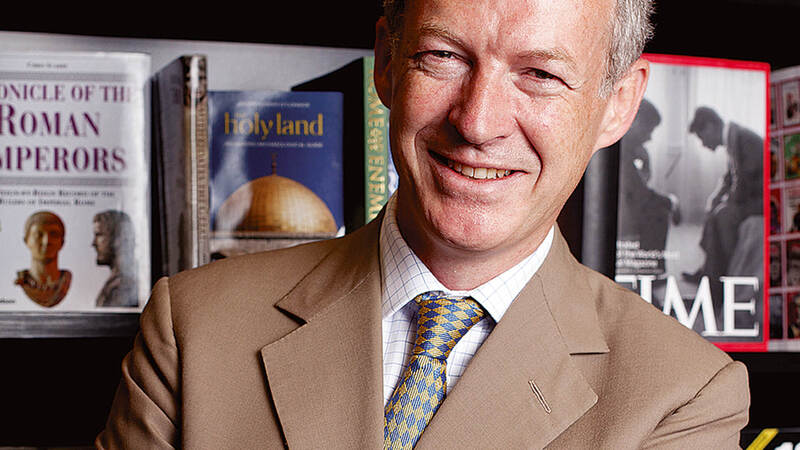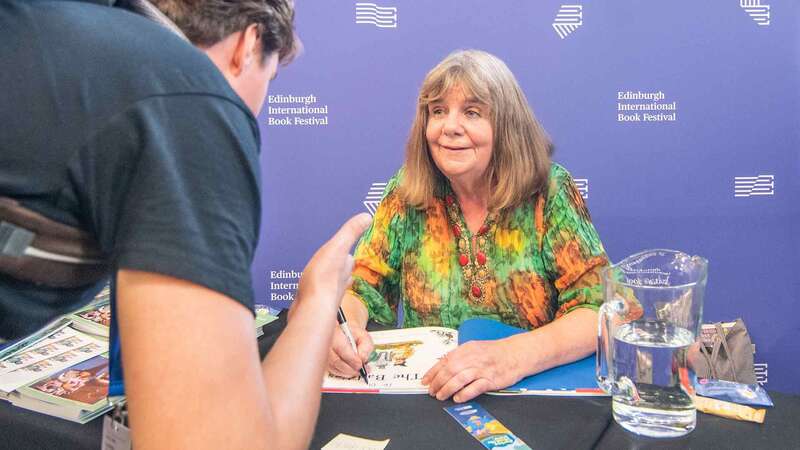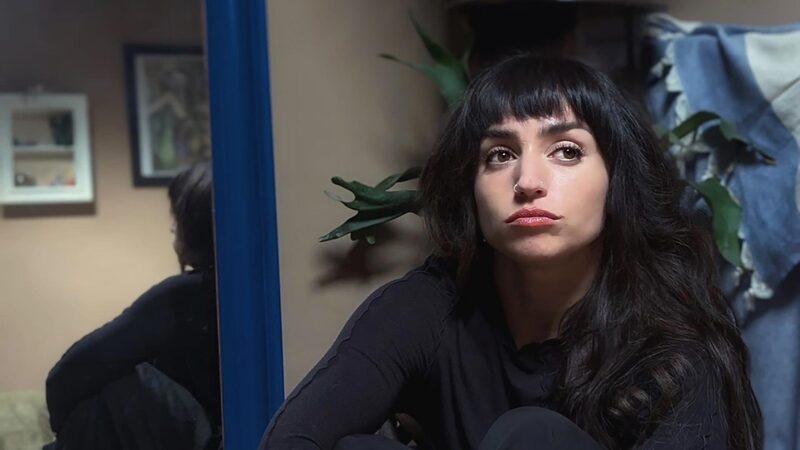You are viewing your 1 free article this month. Login to read more articles.
The surprising joys of independent publishing
Authors shouldn’t be afraid to try different publishing models for different books.
Publishing non-fiction is a tricky beast. I should know, I’ve written five non-fiction books to date with different publishers across the board: Ebury, Transworld, Hodder & Stoughton and each experience has been very different. While I’ve had great experiences (a Sunday Times Business Bestseller, Apple’s "best book of the month", UK book tours, guest curating at Cheltenham Literary Festival, multiple appearances at Hay Festival and other “badges of honour”) I’ve been left wondering if there might a different way to get my zeitgeist non-fiction writing out there. Non-fiction is famously hard to sell (requiring authors to have "a platform") and the books often include timely topics that rely on tapping into a cultural moment. I’ve been thinking: in a world of newsletters and zines — is publishing a traditional big hardback non-fiction book always the best way to spread your idea? I am not so sure anymore.
My Substack newsletter, The Hyphen, has really taken off over the last couple of years and has attracted over 50,000 engaged readers, meaning that I can publish my articles and essays with a click of a button, directly reaching my readers. There is a paid subscription model for any supporters of my work who want to access my hub of over 100+ articles. Even though it’s more about building the community than "scaling" financially or otherwise, I recently made the equivalent of a previous non-fiction book advance in a single month on Substack.
This feels non-fiction specific. For my fiction (I’m launching my second novel next year) I feel the traditional publishing model works wonders and I am extremely lucky to go on the journey with Harper Collins which markets and distributes my fiction to readers in ways I could never do myself. My debut novel Olive was a dream from start to finish — we reached readers far beyond my own network: book bloggers, libraries even Book Fairies. Novels take a lot of team work and I’m lucky to have a fantastic team there.
In a world of newsletters and zines, is publishing a traditional big hardback non-fiction book always the best way to spread your idea?
But I’ve been itching to try something more independent for my non-fiction. If the books rely a great deal on my platform to sell, and the onus is mainly on me, then I’d rather take matters into my own hands. I decided to work with The Pound Project again, an independent publisher (a former winner of The Bookseller’s Futurebook Startup of the Year Award) with the tagline “small change, one story at a time” and authors retain their IP. I first worked with founder J P Watson in 2018 on my book Sabotage which was crowd-funded successfully with over 1,000 backers.
This time, five years later, The Pound Project and I decided to collaborate again, and I wanted to write about my chronic burnout episode I experience during 2022-2023 and title the book A Year of Nothing. It’s a short book: 20,000 words and sold as a two-book special in a sustainably-made case. You also receive free postcards designed especially based on the book’s themes and a free link to a Zoom workshop with me. Using my Substack platform and personal press contacts, the book has exceeded my expectations — in just three weeks of the book being on sale we’ve sold over 2,000 copies. Enough to make a traditional bestseller list. The foreword has been written by Julia Cameron, author of the multi-million-copy bestseller The Artist’s Way.
The pros have been obvious throughout the process: you, the author, get to build your own team from the inside out. I worked with a fantastic freelance publicist and we got the front page of the Guardian, Elle, i, Irish Independent plus multiple high-profile podcasts and a national TV radio slot. I hired my own illustrator and I had full creative control. I got to know my sales in real time which is often difficult to get regularly from busy publishers (many authors have taught themselves how to "guess" their sales by looking at Amazon rankings.) The book has had a quick turnaround time, around three months from inception to publication. No long, long waiting periods. The author care has been second to none, when you’re on WhatsApp with a small team (literally just me and the editor of The Pound Project), you feel truly in it together, you’re being prioritised. Financially, I get to keep 50% of the gross profit. A nice chunk of money.
The downsides are that I won’t see my book on a bestseller list, I won’t see it in bookshops and I probably won’t get invited to traditional book festivals. I won’t get royalties, because the book is on sale for a limited time only. There have also been very long hours, because when you’re doing it yourself, you really are working round the clock.
The pros have outweighed the cons however: it has all felt joyful, light, creative and rekindled my love of writing and publishing. I’m not done with traditional publishing by any means, but during these times of great change and upheaval, maybe sometimes we just need to go back to basics to remind ourselves of what we care about and what’s possible.
Advice to authors: keep growing your community that is built on trust and connection. Your connection to your readers is everything. Don’t be afraid to dabble in both worlds, both traditional and indie. There are perks to being inside a big machine, the traditional system will bring great gifts and external validation that helps build a career — but try not to put all your eggs in one basket. It will bring you psychological relief. It’s nice to simply have fun again.
A Year of Nothing, a two-book special by Emma Gannon, is out on limited release from 14th may to 4th June through the Pound Project for £12.99.
